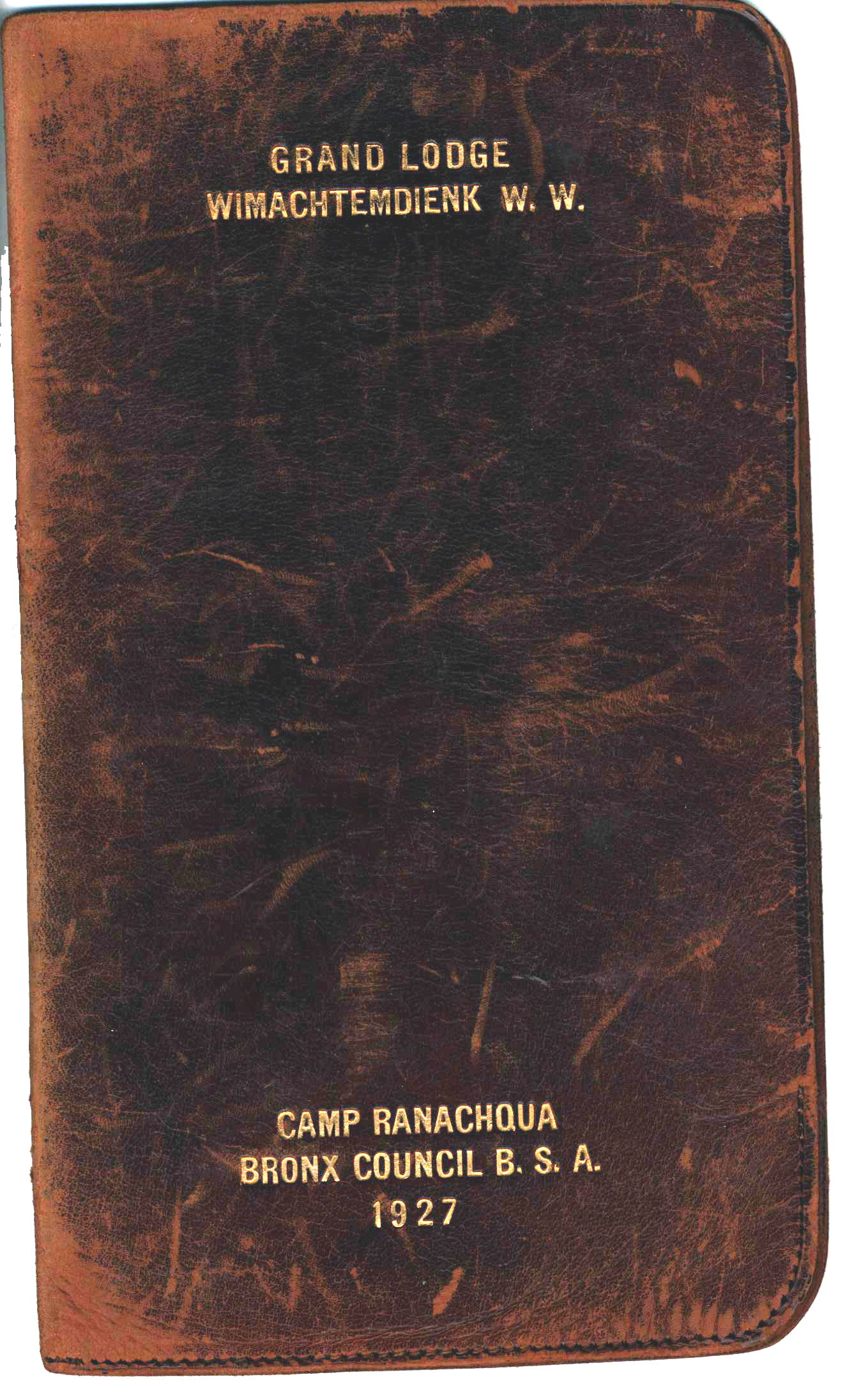Tenth Grand Lodge Meeting
After requesting to host the Grand Lodge Meeting for ten years, the OA came to Chicago, hosted by Owasippe Lodge. Included in the host Owasippe Lodge contingent were several members of the all African American Takodah Chapter making the 1933 meeting the first that can be verified to be an integrated national OA meeting.
Many of the 252 delegates from 23 lodges attending the 10th Meeting of the Grand Lodge took advantage of the opportunity to attend the Century of Progress World’s Fair (and the lower promotional train fares.) This meeting was very different than any previous Grand Lodge meeting. The rules were suspended. The normal business of officer reports, committee reports, and by-law amendments were dispensed with. Instead, the delegates gathered in a casual manner to discuss the impending issue of official recognition from the BSA. Goodman gave a brief history of how the first stage was 1915-1921 and the six years it took to form a national organization and another year to be a BSA experiment. He described 1921-1933 as stage two. BSA recognition of the OA seemed all but assured, and the delegates at this meeting would decide what stage three would look like.
Through informal discussion it was determined that issues of supply chains would be eased through using BSA channels. The greatest benefits foreseen was that the OA could use the BSA region system (the BSA divided the nation into 12 regions) and that would mean the Order could more efficiently spread throughout the nation.
The Grand Lodge determined that an Order of the Arrow Transition Committee should be formed. The Grand Chieftain would chair the Transition Committee. The Transition Committee would have absolute power to negotiate with BSA National Council.
In elections Thomas Cairns of Unami Lodge was elected Grand Chieftain defeating George Davey of Sanhican Lodge, Trenton, New Jersey. Bert Case of Shawnee Lodge, St. Louis, Missouri was elected Grand Vice Chief in favor of R.L. Van Horn of host Owasippe Lodge. H. Lloyd Nelson of Kuwewanik Lodge, Pittsburgh, Pennsylvania (formerly of Unami Lodge) was selected Grand Scribe defeating Joseph Brinton of Suanhacky Lodge, Queens, New York. Both Nelson and Brinton would give many years of service to the Order in the decade plus to follow. Joseph Pattison III, Unami Lodge was re-elected to a third term as Grand Treasurer over Earl Blake, Wyona Lodge, Bloomsburg, Pennsylvania.
